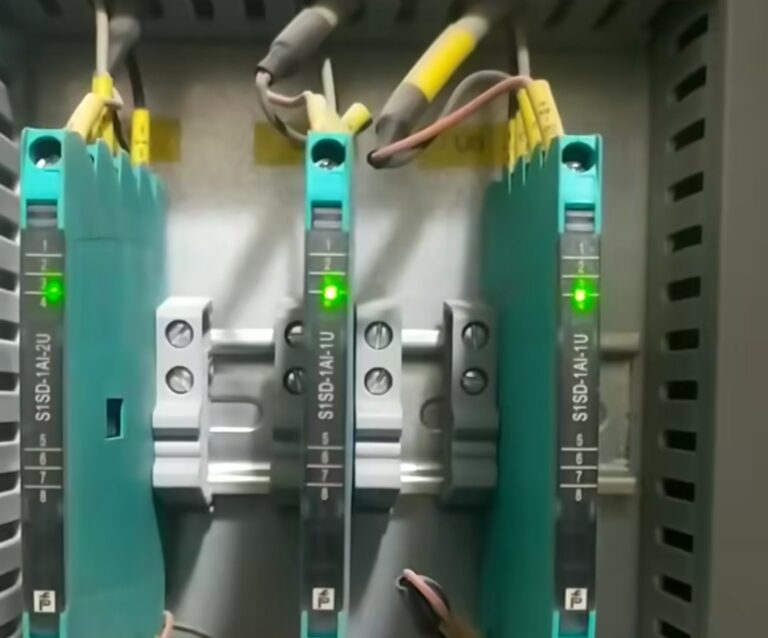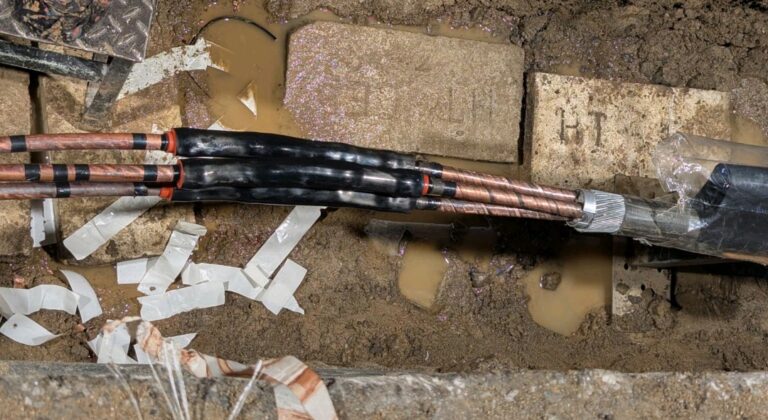. 1. Introduction to Predictive Maintenance: – Predictive maintenance (PdM) is a proactive maintenance strategy that aims to predict when equipment failure might occur so that maintenance can be performed just in time to prevent the failure. – It utilizes data analytics, machine learning, and sensor technologies to forecast equipment failure and schedule maintenance activities accordingly. – The primary goal of predictive maintenance is to maximize equipment uptime, minimize maintenance costs, and improve overall operational efficiency.
2. Predictive Maintenance Methodologies: – Condition Monitoring: Continuously monitoring the condition of equipment using sensors to detect early signs of potential failures. – Data-Driven Approaches: Utilizing historical and real-time data collected from equipment to train machine learning models for predicting future failures. – Predictive Analytics: Employing techniques such as regression analysis, time series analysis, and classification algorithms to identify failure patterns and predict equipment failures before they occur. – Prognostics and Health Management (PHM): Integrating predictive maintenance with diagnostic techniques to predict failures and assess the remaining useful life of equipment components.
3. Tools and Techniques: – Sensor Technologies: Collecting real-time data on equipment health and performance using various types of sensors. – IoT (Internet of Things): Facilitating the connectivity of sensors and equipment to centralized systems for data collection, analysis, and remote monitoring. – Big Data Analytics: Utilizing advanced algorithms and machine learning techniques to process large volumes of sensor data and derive actionable insights. – Predictive Maintenance Software: Specialized software solutions providing features such as predictive analytics, condition monitoring, failure prediction, maintenance scheduling, and performance optimization
.4. Implementation Challenges and Best Practices:
– Data Quality and Availability: Ensuring the quality and availability of data required for analysis. – Model Accuracy and Reliability: Developing accurate and reliable predictive maintenance models through thorough understanding of equipment behavior and failure modes. – Integration with Existing Systems: Integrating predictive maintenance solutions with existing enterprise systems, such as asset management and ERP systems. – Change Management and Training: Fostering the adoption of new technologies and methodologies.
5. Future Trends and Innovations: – Predictive Maintenance 4.0: Leveraging AI, machine learning, edge computing, and digital twins. – Predictive Maintenance as a Service (PdMaaS): Cloud-based predictive maintenance solutions. – Augmented Reality (AR) and Virtual Reality (VR): Enhancing maintenance workflows. – Blockchain for Equipment Health Monitoring: Immutable records of maintenance history and activities.

